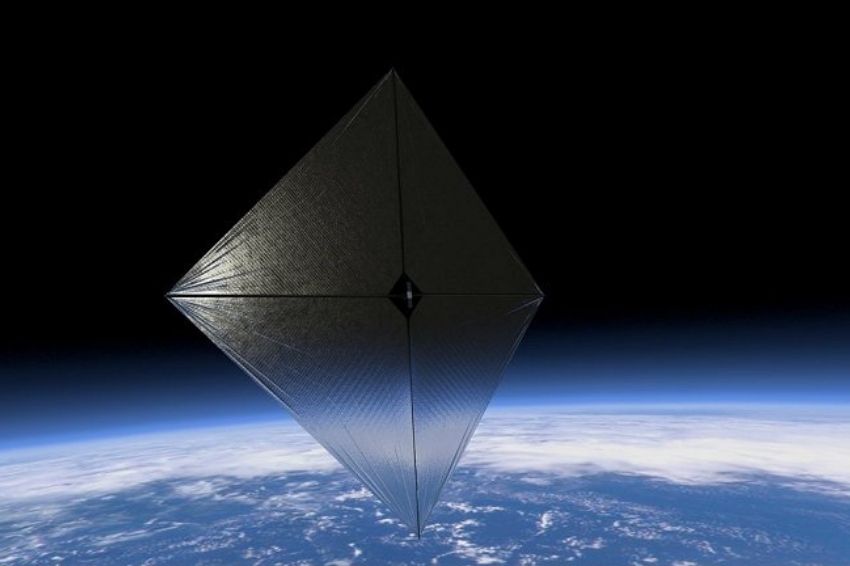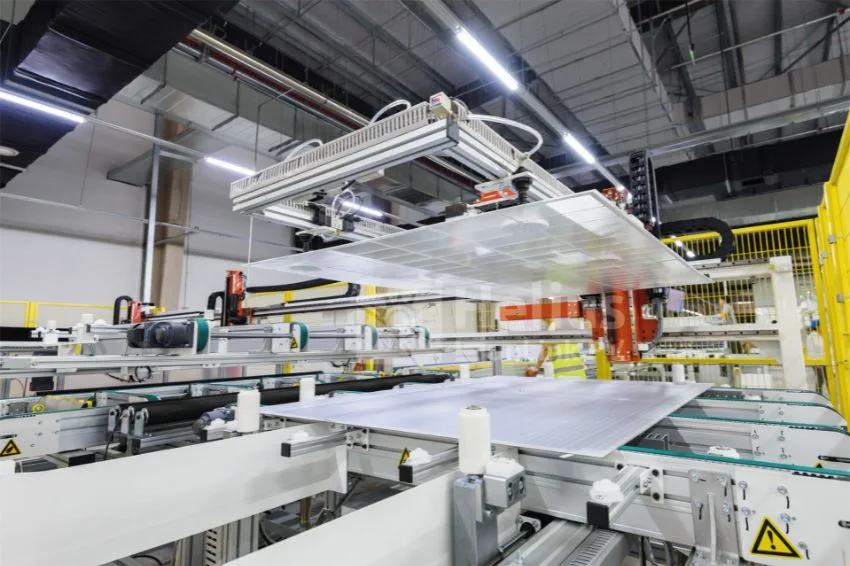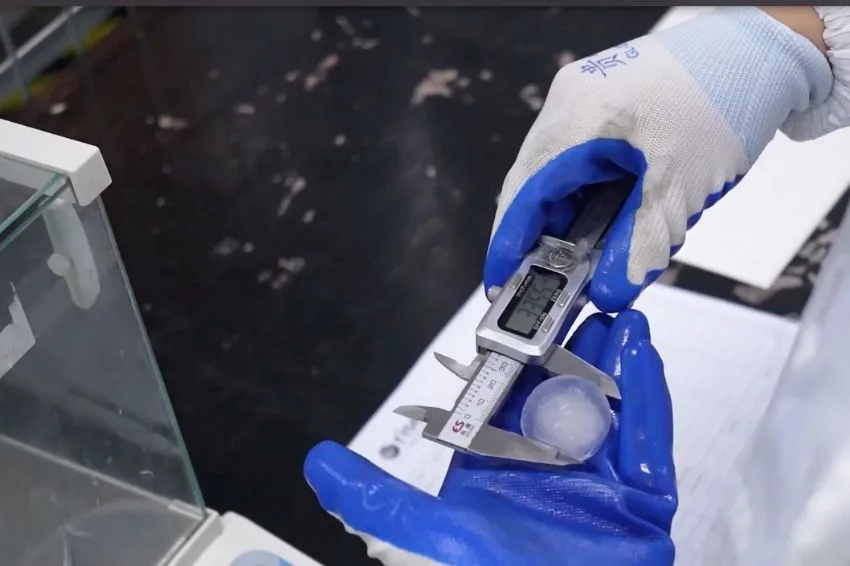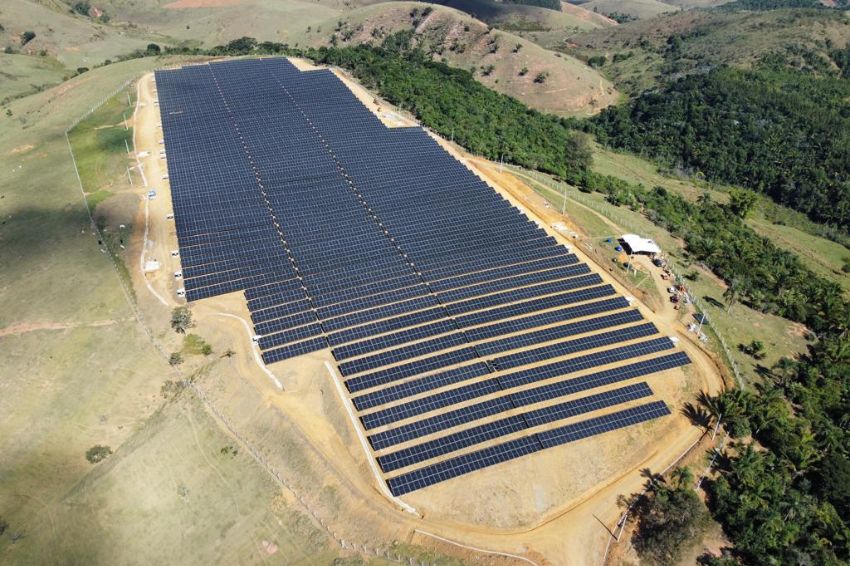One of the biggest difficulties in relation to space travel is the issue of the energy needed to put a rocket into orbit and allow it to follow its path through the cosmos.
With this in mind, NASA announced that it will carry out a mission, scheduled for 2022, to test an innovative technology, which, in addition to overcoming this difficulty, is an alternative to replacing chemical fuels and nuclear sources in traditional rockets.
This is the solar sail, which should be used as a type of propellant for long-term space probe travel. The project will feature a system of telescopic rods, which stretch in space so that the equipment opens.
According to the entity, the mechanism will be able to propel the ships, taking advantage of the radiation pressure from sunlight or a laser projected from a distance.
About the project
A solar sail is a type of propellant that uses radiation pressure to generate acceleration. They are made of large membranous mirrors of low mass that gain linear momentum by reflecting photons.
According to NASA, when it reaches space, it will open its solar panels and extend four telescopic masts, which can reach up to 7 meters in length each.
Next to the masts, built with a polymeric material reinforced and flexible with carbon fiber, there will also be the photovoltaic sail fabric.
In total, this testing process will take around 20 to 30 minutes, where a set of cameras on board will film the procedure to evaluate the product's operation.
After the sail is fully open, the mission must collect a series of data on the speed and acceleration reached by the ship.
NASA engineers calculate that the new technology could be used in the future for photovoltaic sails of up to 500 m². Meanwhile, the team is already working on new technologies that will allow it to reach up to 2 thousand m².

















